From the Bowery Boys to the Dead Rabbits, meet the Five Points gangs that were the real-life gangs of New York in the 1800s.






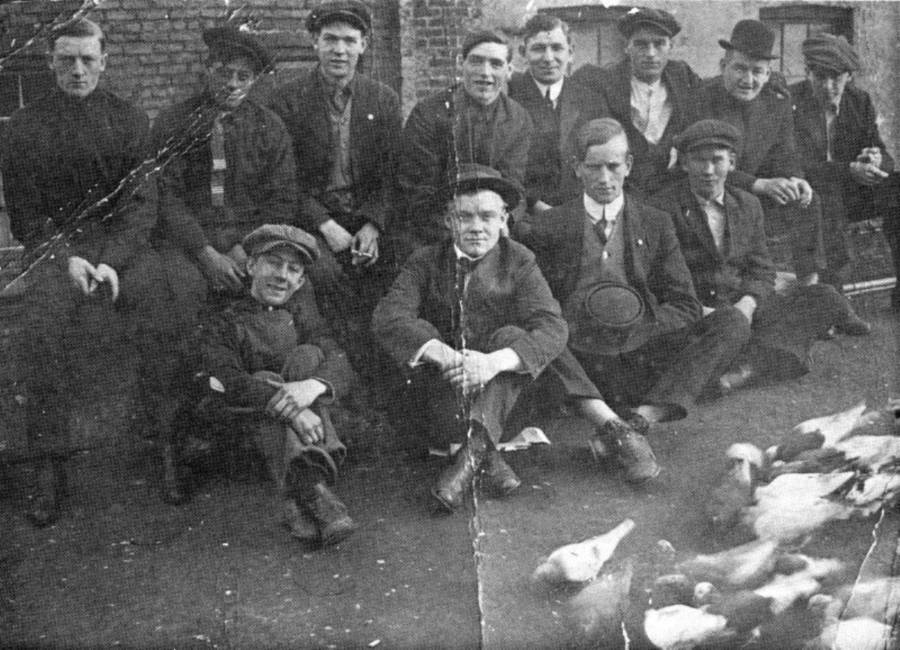

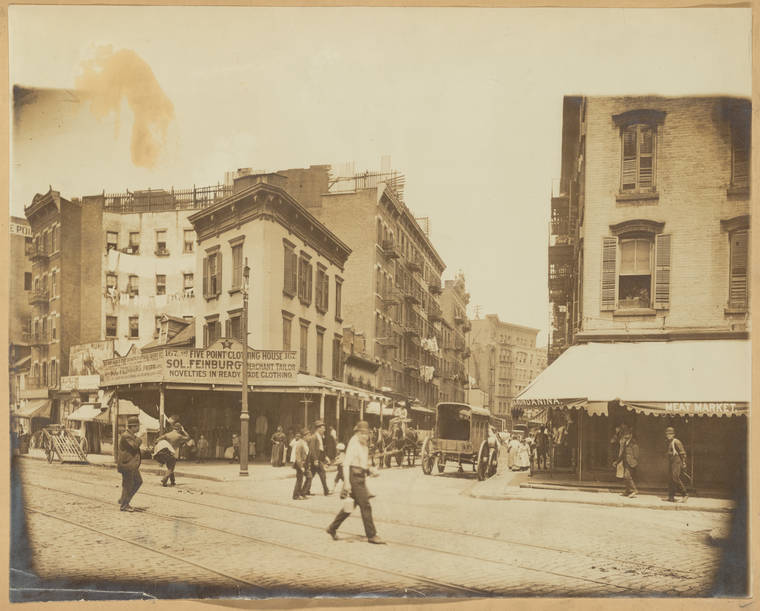
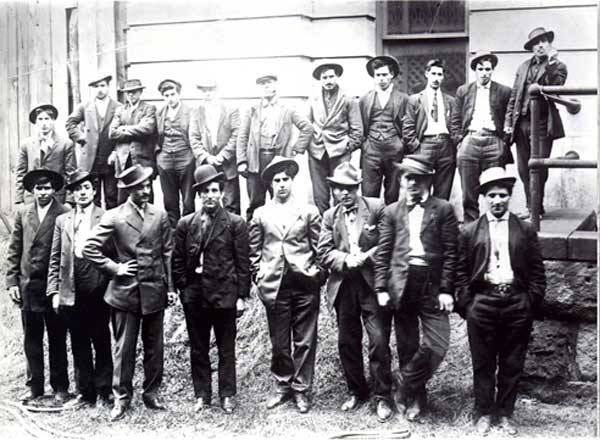
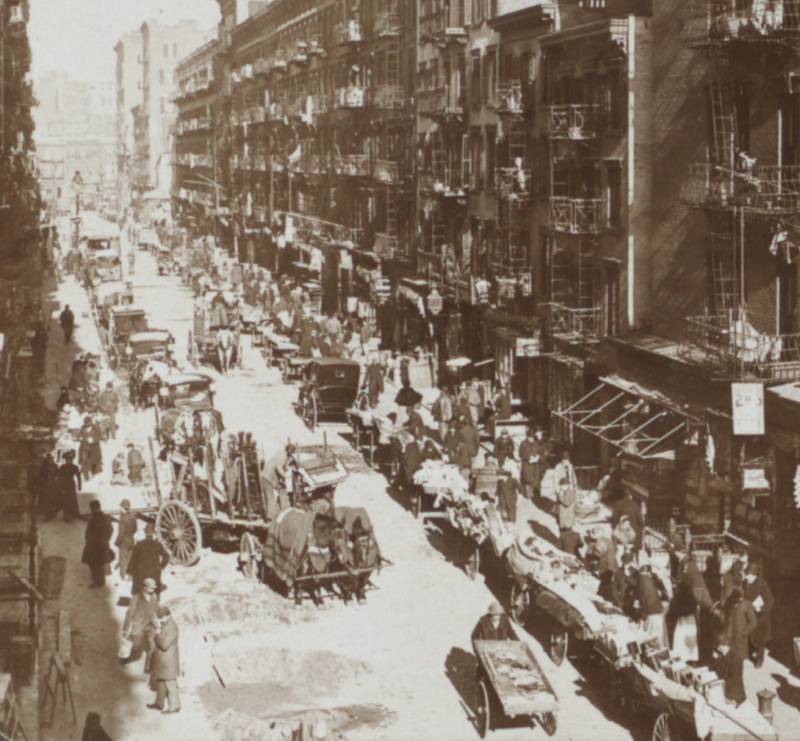


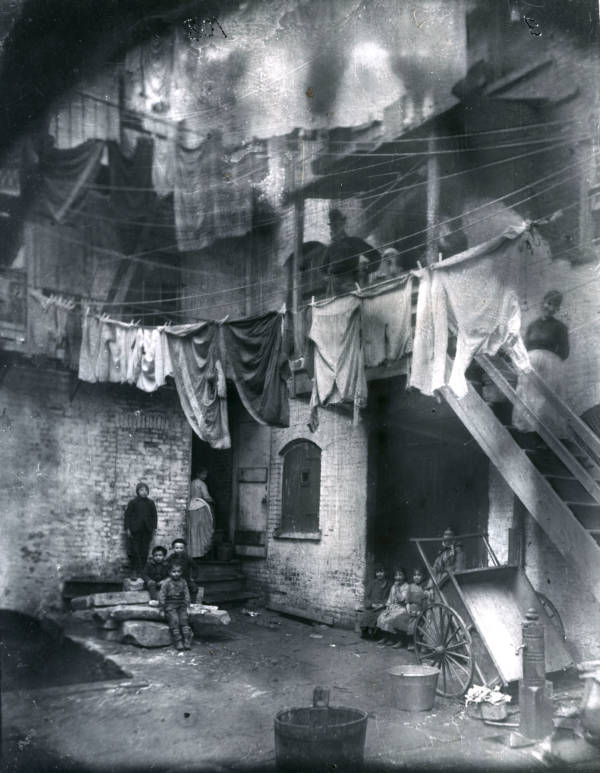
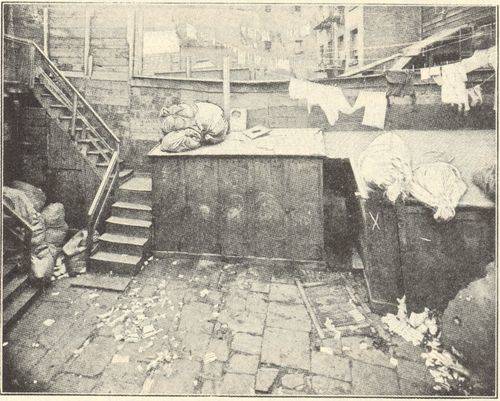

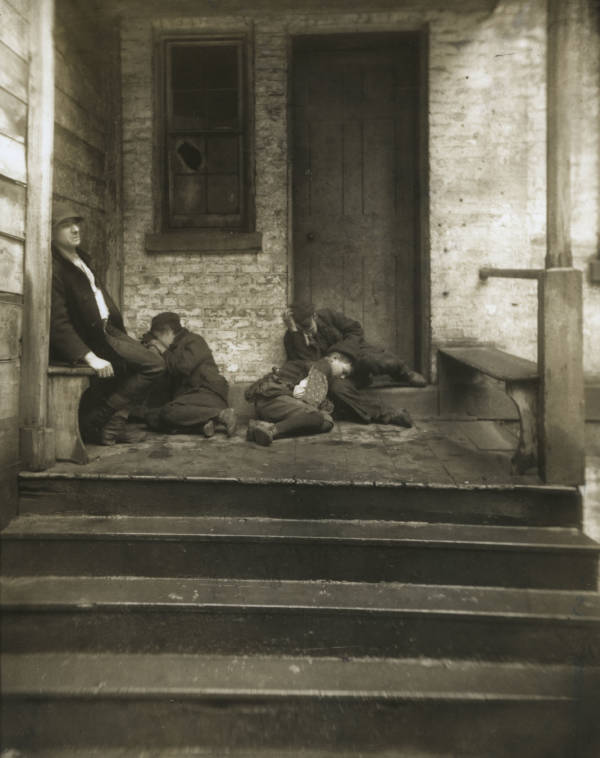
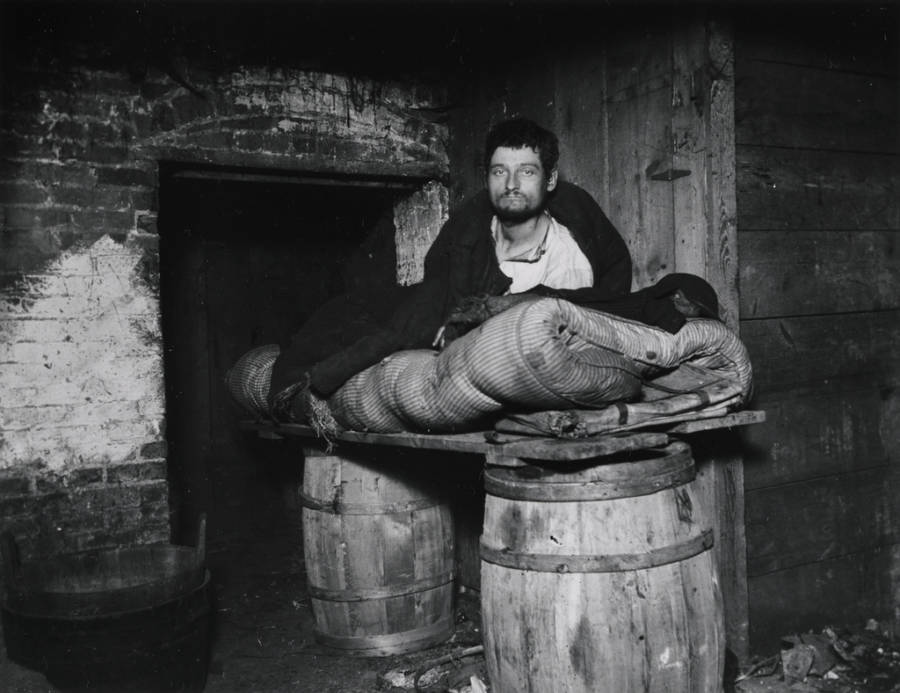

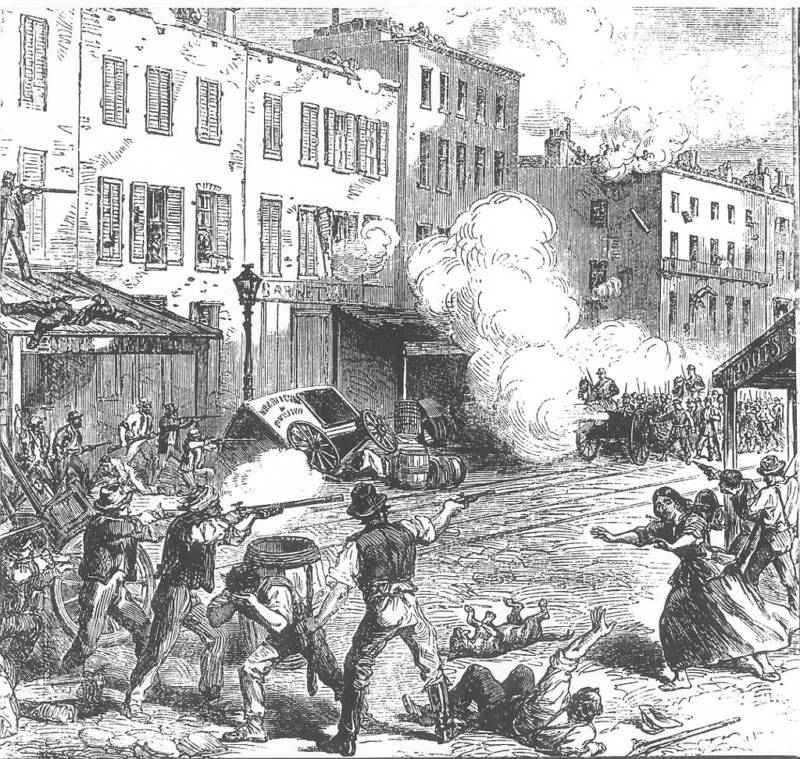
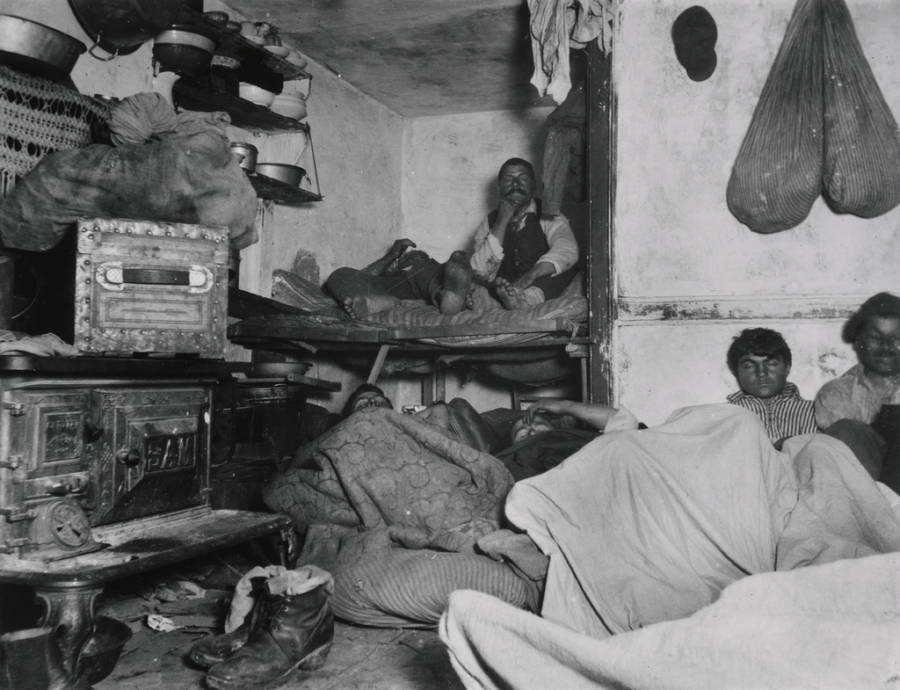





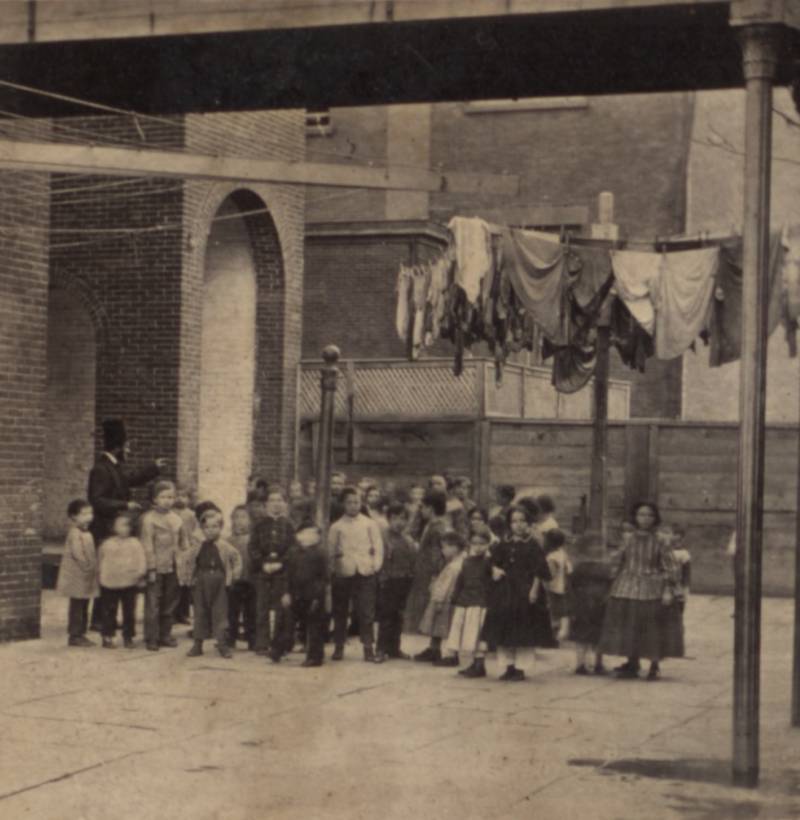
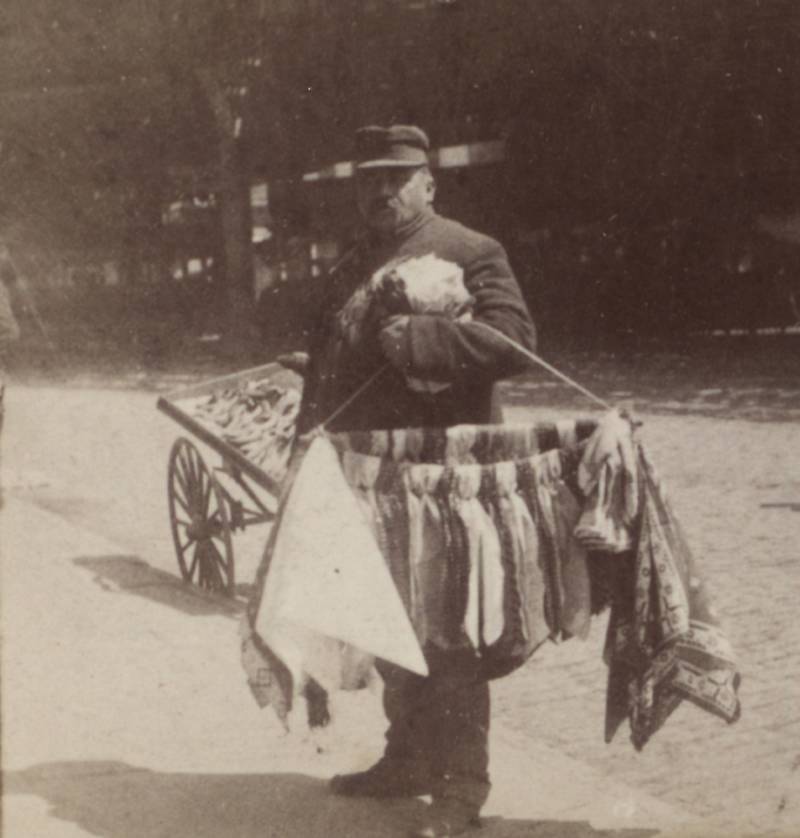
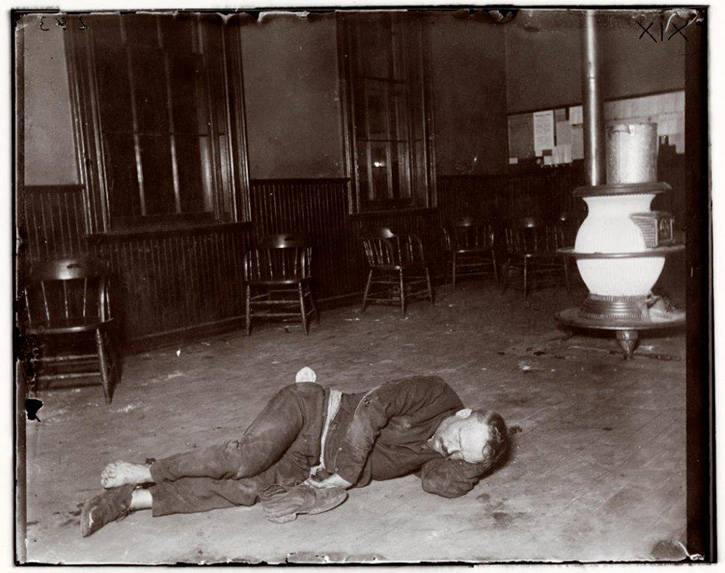
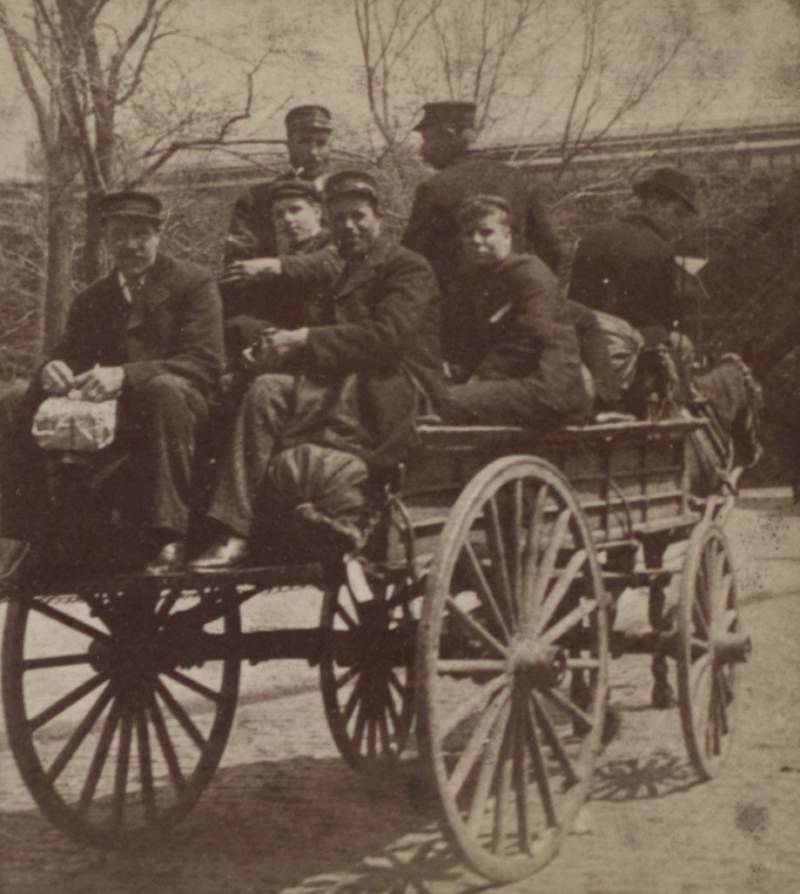
Like this gallery?
Share it:
And if you liked this post, be sure to check out these popular posts:
1 of 31
Bandit's Roost, an alleyway where gangsters and thugs would congregate. 1896.Jacob Riis/Wikimedia Commons
2 of 31
"The Short Tail Gang," a violent group of thugs and one of the most feared of the Five Points gangs. Circa 1880-1890. A police report on the gang read: "The members of the gang are known to the police as hard drinkers, thieves, pickpockets and highwaymen.”
3 of 31
A gang of young boys demonstrate how they make their living for the camera: by robbing drunk men blind. Circa 1880-1890.Jacob Riis/Presu Museum/Flickr
4 of 31
Mulberry Bend, one of the most dangerous areas controlled by the Five Points gangs. 1896.Jacob Riis/Wikimedia Commons
5 of 31
The Montgomery Guards, an Irish-American gang who took their name from an old Irish-American militia. These men, though, didn't make their money through military service. They made it through muggings and pick-pocketings. Circa 1880-1890.Jacob Riis/Presu Museum/Flickr
6 of 31
A portrait of William Magear "Boss" Tweed, the corrupt politician behind the Tammany Hall political machine that virtually ran New York at the time. Circa 1870.Wikimedia Commons
7 of 31
The Gopher Gang, an Irish-American gang that, at its peak, controlled most of Manhattan. Circa 1910.Wikimedia Commons
8 of 31
Men gather to talk in the slums of Five Points. 1890.New York Public Library
9 of 31
A man walks down the streets of Five Points, New York's most dangerous slum. 1890.New York Public Library
10 of 31
Members of the Five Points Gang. Circa 1880-1890.Wikimedia Commons
11 of 31
A busy day on the streets of Five Points. 1904.New York Public Library
12 of 31
Bowery Boys with soap-locks hairstyle smoking cigars and wearing working class fashionable clothing. Circa 1840-1847.Wikimedia
13 of 31
A pair of men walk through the streets of Five Points. Circa 1880-1890.Jacob Riis/Presu Museum/Flickr
14 of 31
Laundry hangs out to dry in a rookery in Five Points. The people here live in conditions that, today, would be criminal. 1888.Jacob Riis/Wikimedia Commons
15 of 31
Bottle Alley, the headquarters of the Irish-American Whyos Gang. Circa 1880-1890. The gangs of old New York weren't Mafia drug lords going home to mansions. They picket-pocketed, fought and stole to get by — and then went home to a filthy alleyway.
16 of 31
A cobbler gets ready for the day inside of a tenement in Five Points. Circa 1880-1890.Jacob Riis/Presu Museum/Flickr
17 of 31
Three men lay passed out on the steps of a broken-down home. Circa 1880-1890.Jacob Riis/Presu Museum/Flickr
18 of 31
One of four men sharing a single cellar beneath a tenement home. Circa 1880-1890. It was the impoverished conditions like these that helped allow the Five Points gangs of the 19th century to flourish.
19 of 31
A Street in the Tenement District. Circa 1900.New York Public Library
20 of 31
Many gangs, including both the Bowery Boys and the Dead Rabbits, clashed with police and Union Army troops in the 1863 New York City draft riots.Wikimedia Commons
21 of 31
An illegal tenement crams in residents at five cents a spot. As tightly-packed as the place is, times are hard enough that people are willing to move in. Circa 1880-1890.Jacob Riis/Presu Museum/Flickr
22 of 31
Women lodge inside of the local police station during a typhus epidemic. Circa 1880-1890.Jacob Riis/Presu Museum/Flickr
23 of 31
A glimpse into what it was like to grow up in Five Points. Children in a nursery gather for their morning prayers. 1888.Jacob Riis/Wikimedia Commons
24 of 31
A view of a fight between two gangs, the Dead Rabbits and the Bowery Boys, in the Bowery during the Dead Rabbits Riot of 1857. Note: the Dead Rabbits are fighting from behind a street barricade at the Bowery Boys.Library of Congress
25 of 31
A man relaxes on top of a barrel inside of a bar, described in the original caption as a "Black and Tan Dive" for allowing African-Americans inside. Circa 1880-1890.Jacob Riis/Presu Museum/Flickr
26 of 31
Inside of a tenement in Hell's Kitchen. Circa 1880-1890.Jacob Riis/Presu Museum/Flickr
27 of 31
The children at the Five Points Mission, an orphanage to help the countless parentless children running amok in Five Points. 1865.New York Public Library
28 of 31
A man tries to scrape out an honest living in the slums of New York by selling ties. 1890.New York Public Library
29 of 31
A man dying of typhus lies on the ground of the police station. Circa 1890.Jacob Riis/Library of Congress
30 of 31
A load of men on a cart, being sent off to be forcibly emigrated out of the United States. Circa 1890.New York Public Library
31 of 31
Like this gallery?
Share it:




The Real Gangs Of New York: When The Dead Rabbits And Bowery Boys Ruled Five Points
View Gallery
America's first true melting pot was a run-down Manhattan neighborhood called the Five Points. It was a cheap slum that lured in the poorest and least fortunate: sweatshop workers, immigrants, and newly-freed slaves, all trying to scrape by side-by-side through some of the worst living conditions in the United States.
It was far from peaceful. Five Points was a place where life was short and violent, where race riots would regularly break out, and where diseases spread like wildfire. It was a place of thieves, brothels, and intense poverty – and the place where the original gangs of New York were formed.
Gang colors cropped up across Manhattan for the first time in the early 19th century. The Bowery Boys, a gang mainly made up of firefighters, would go out in red shirts and stovepipe hats; the Shirt Tails went out with their shirt untucked; the Plug Uglies wore oversized beaver hats; and the Dead Rabbits would head out with a rabbit nailed to a stick.
The Bowery Boys, perhaps the most infamous of New York's 19th-century Nativist gangs (along with the Plug Uglies), were led most notably by founder Bill "The Butcher" Poole. A renowned pugilist and the inspiration for the character that shares his nickname in Gangs Of New York, Poole died in 1855 after being shot in the back by associates of his rival John Morrissey.
Morrissey led the Dead Rabbits, an Irish gang that frequently clashed with the Nativists who sought to keep immigrants like them out. Morrissey, a bare-knuckle boxer and all-around brawler, eventually rose above his street-level beginnings and became a U.S. Congressman, largely thanks to his connections with New York's Tammany Hall political machine.
All of the gangs of Five Points had their own way of letting people know who they stood with. Fights would break out over most anything. The Bowery Boys used violence to keep other firefighters from taking their contracts while Irish gangs like the Dead Rabbits would riot over discrimination.
The Five Points gangs made their neighborhood one of the deadliest places on earth. It was said that they had the highest murder rate of any slum in the world. According to the legends, the most dangerous building – a housing tenement called the "Old Brewery" – saw a murder every single night.
Above all, it was nationality and race that turned the Five Points gangs against one another. The Bowery Boys aligned themselves with the American Nativist Party, a staunchly anti-Catholic political group that believed that America belonged solely to the white men who'd colonized it.
But with the Irish Potato Famine in full force, Irish refugees were rushing onto America's shores. Nativists, like the Bowery Boys, saw that as a threat to their identity.
Riots and fights broke out between the Bowery Boys and the Irish Dead Rabbits. In one brutal two day battle, an estimated 1,000 people took to the streets of New York to fight, beating each other senseless and looting one another's homes. By the time the blood had dried, eight men were dead and up to a hundred more lay injured, an event that inspired Martin Scorsese's Gangs Of New York.
Race riots broke out again when the Civil War began. When draft cards starting going out to conscript New Yorkers into fighting for the Union, Irish gangs took their frustration out on their black-skinned neighbors. They set the city ablaze, smashed up fire engines, killed more than a hundred people, and even burned an orphanage for black children to the ground.
For nearly a hundred years, the Five Points gangs practically ran the city. Little changed until photographer Jacob Riis went in with a camera and captured their lives.
Riis cataloged the lives of the people in Five Points in his famous book How the Other Half Lives, showing the world for the first time what it was like to live in the most abject poverty the nation had to offer. His book changed the face of the city and its approach to endemic poverty.
Five Points was subsequently torn down piece by piece. Politicians railed for it to be ripped apart with one telling his constituent, "This hot-bed of infamy, this modern Sodom, is situated in the very heart of your City!" The notorious Old Brewery was pulled down, missionary houses were brought in, and bit by bit, the face of the city changed.
The Five Points gangs were broken up and slowly faded into history. Though the groups died, the spark of what New York had become wouldn't die out. Their world – a place where poverty and racial differences boiled over into violence and organized crime – would become a part of America; a way the other half lives.
After this look at the Bowery Boys and the rest of the Five Points gangs that ruled 19th-century New York, read up on the nearby Bloody Angle, perhaps the deadliest street in American history. Then, see the legendary Weegee's photos of New York's Prohibition-era gang wars.